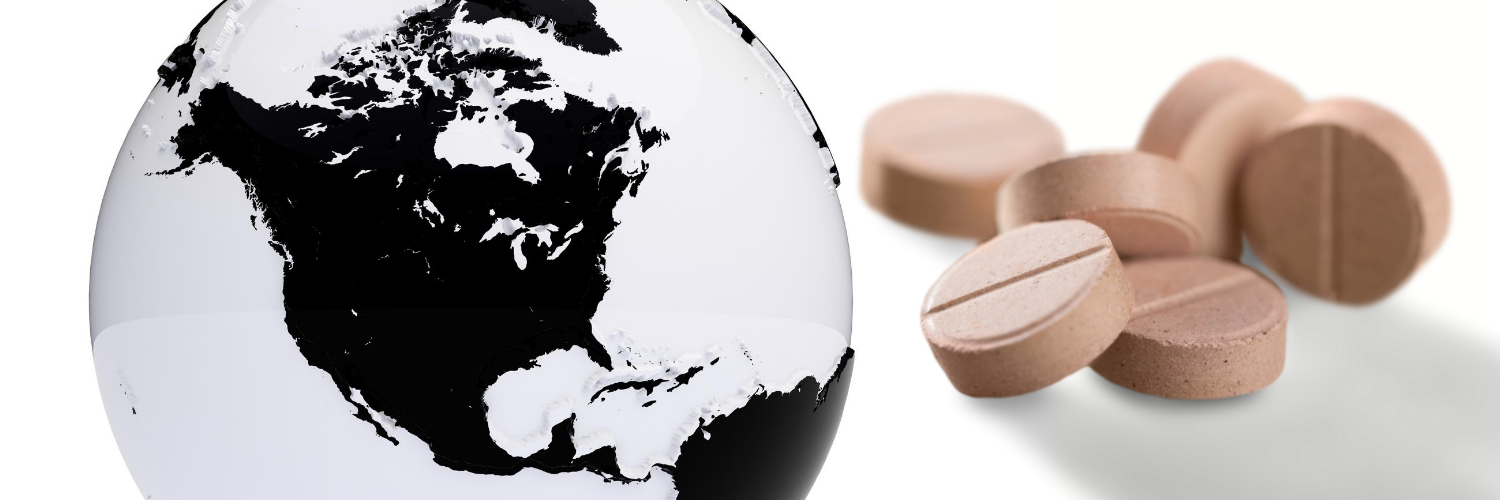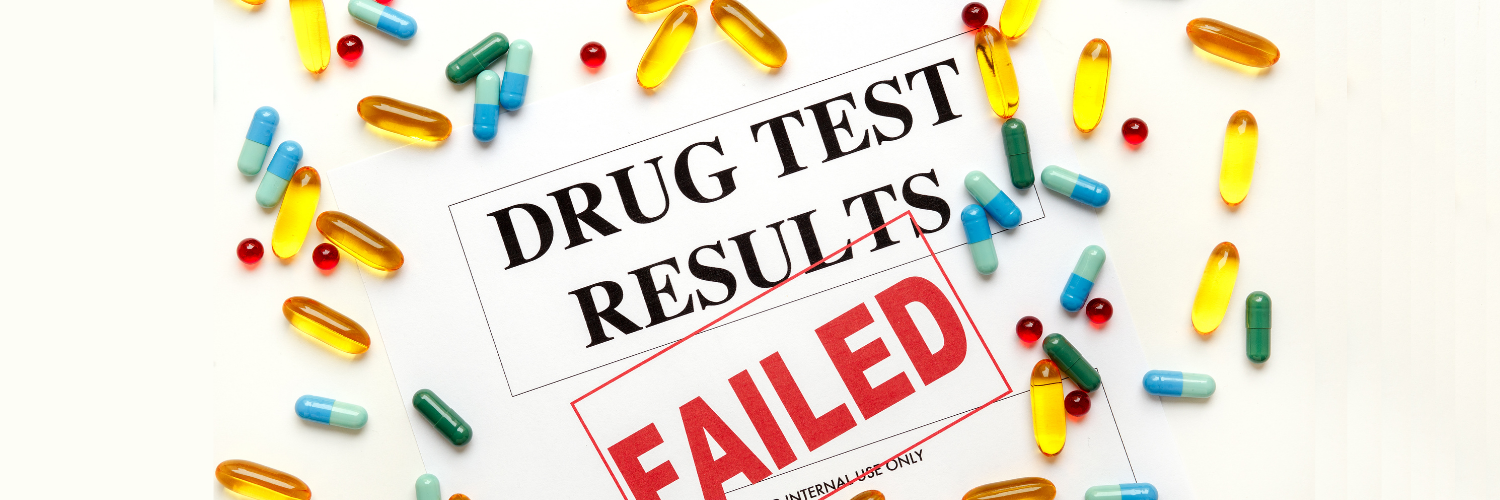Drugs prices are going to be listed in TV ads. How will that work exactly?

The U.S. is one of two countries (the other being New Zealand) that permit pharmaceutical companies to advertise prescription drugs directly to consumers (DTC advertising). If you’ve ever watched TV (and I know you have), you’ve seen such advertisements. The ads tout the benefits of a drug, usually an expensive one, and show pictures of happy people who have been helped by the advertised medication spending time with family. Then comes the announced list of dreaded potential side effects, which are required of drug advertisers under federal law. Starting in July 2019, those ads will have to include the price of medication, too. The prices will be required for all forms of ad mediums: TV broadcast, cable, streaming, and satellite.
PharmacyChecker supports maximum drug price transparency. That’s why we have the world’s largest international pharmacy price comparison database that is accessible to consumers looking for affordable medicine online. This new rule is a small win for consumers and the healthcare system, but not to be mistaken for a serious policy to reduce drug prices in America.
What’s the point of making drug companies advertise the price?
The main idea is that greater drug price transparency will help consumers spend less and in turn reduce overall spending on prescription drugs. The new practice was not mandated by an act of Congress. It is being mandated via the Federal rule-making process, now being implemented by the Secretary of the U.S. Department of Health and Human Services.
The Final Rule on Drug Prices in TV ads
The rule applies to products designated as a prescription drug or biological product. In this post, I’ll use the word “drug” to apply to both.
Ever since they hit the air waves, first in the 1980s, but vastly expanding after the FDA drafted final and more permissive rules in 1999, many healthcare and medical policy experts have criticized DTC advertising because they say it leads to patients seeking out drug treatments that they don’t need. Another criticism is that it leads to patients asking for unnecessarily high-cost drugs (such as choosing a brand over a much less expensive generic).
In this new rule, the federal government communicates its belief that DTC advertising of prescription drugs contributes to rising costs, specifically due to the absence of pricing information. With that information, according to the government, patients will make more cost-effective decisions, in turn lowering demand for expensive pharmaceuticals and spending on such pharmaceuticals.
History of Pharmaceutical DTCA
What exactly will be required?
Any advertisement for a drug with a Wholesale Acquisition Cost (WAC) of $35 or more per month (or per cost of treatment if less than a month) must include the price. That would cover almost all brand-name drugs sold in the U.S.
You can imagine that the drug companies would like to put this information in the fine print. At least on paper, the rule requires that this price information be very clear to a person watching and listening to an ad. It must state the following:
“The list price for a [30-day supply of] [typical course of treatment with] [name of prescription drug or biological product] is [insert list price]. If you have health insurance that covers drugs, your cost may be different.”
Let’s fill in the blanks for a brand-name drug, but I’ll use the average highest discounted price instead of the Wholesale Acquisition Cost that a patient can buy using the U.S. Prescription Discount Card.
“The list price for a 30-day supply of Xarelto 20mg is $480.58. If you have health insurance that covers drugs, your cost may be different.”
Why does the advertising list price even matter? We don’t pay it.
As stated above, bringing greater price transparency to the marketplace is the essence of this rule. More specifically: The Trump administration, as stated in the final rule, believes that the new rules “will provide manufacturers with an incentive to reduce their list prices by exposing overly costly drugs to public scrutiny…provide some consumers with more information” to be active and “well-informed participants in their health care decision-making.”
Many people, including me, will know that most Americans don’t pay the list price. Instead, because about 90% of Americans have health insurance, they will pay a co-payment or co-insurance (as long as the drug is covered). The government accepts that but recognizes that 30 million Americans are uninsured and will have to contend with the list price. It’s not just the uninsured. As the final rule notes, half of people with commercial health insurance are in high-deductible plans; that’s about 60 million people who will also face out-of-pocket drug costs. Millions of others, including people on Medicare, pay co-insurance, a percentage of the list price. For them, too, the list price in ads may be relevant.
What about super expensive drugs?
The example above, Xarelto, is certainly an expensive drug but these ads may end up truly shocking some people. These products often fall into a category called specialty drugs. Let’s look at the cost of the drug Humira, most commonly used for the treatment of rheumatoid arthritis. People watching an ad for Humira will see someone who is relieved and happy that they can now wash their puppy (a real ad, by the way) due to their use of Humira. And then you’ll hear (estimating the list price):
“The list price for a one-month supply of Humira is $3,200. If you have health insurance that covers drugs, your cost may be different.”
If you don’t have insurance, then you may face that cost at the pharmacy. Let’s say you have to pay co-insurance of 30% on that drug. That’s still over $1,000/month, a cost beyond the reach of most people.
While Humira is super expensive, it’s not even close to the highest cost drugs out there. Let’s look at hepatitis treatment Harvoni, which costs about $34,000/month out-of-pocket. Feel free to take a look at this commercial for Harvoni (which we do not endorse) – then imagine the price being tacked on.
How does this affect patients?
The government is making the case that consumers will be empowered by this new price information. The drug companies, who are not happy with the rule, counter that it will confuse and/or scare patients who might think they can’t afford the drug (when they can because of insurance). Advocacy groups, like Public Citizen, have referred to the new rule as a “sideshow” in which people may discover that they can’t afford the drug and there’s no alternative, and that drug companies won’t be shamed into controlling the cost of their drugs.
I like that the prices will be out there in fuller view, but it’s a drop in the bucket. We need to empower American consumers to afford those drugs, the ones that can be dispensed by international mail-order. In Canada and other countries, the cost of medicine is often 75%-90% less. Now, that’s drug price transparency that helps!




